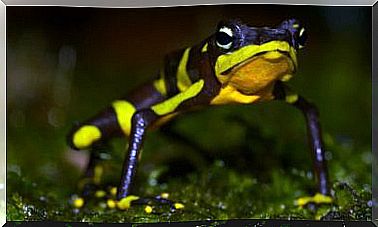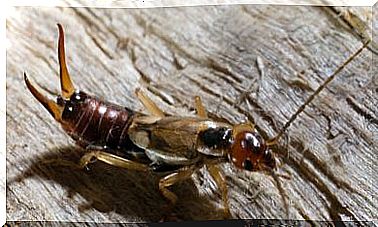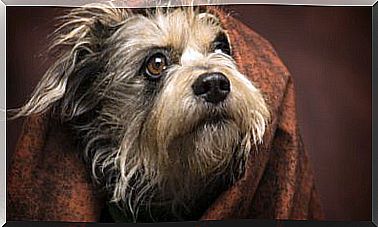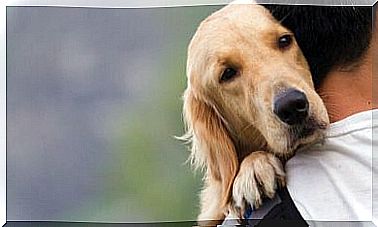Can Dogs Smell The Weather?
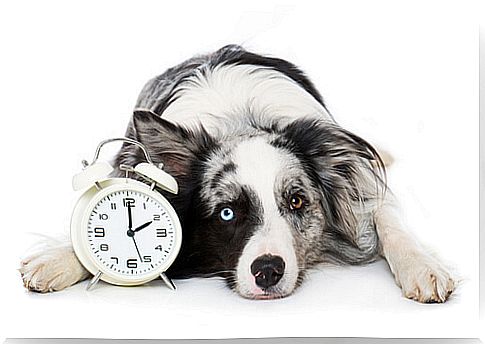
His amazing olfactory ability is well known to every guardian of a dog. The dogs sniff and follow trails that our nose cannot even begin to perceive. For this reason, these animals are used in multiple tasks that are beyond human cognitive capacities: drug controls, explosives detection, or rescue of survivors among the rubble after a catastrophe, for example. Now, did you know that dogs are capable of smelling time in a way? Read on if you want to find out how they do it.
A sophisticated olfactory apparatus
Before entering fully into the matter, it is necessary to make a series of notes regarding the dog’s nose:
- A dog has an olfactory system 10,000 to 100,000 times more powerful than that of humans.
- The nose of this animal is composed of a double duct, which allows it to breathe and smell independently.
- The canine brain is dominated by an olfactory cortex. Its olfactory bulb is 40 times bigger than ours.
- A dog has more than 120 million olfactory cells in a folded area, compared to 5 million in humans.
- This animal has a structure called Jacobson’s organ, which allows the interpretation of chemical signals beyond smells.
All these data suggest that, indeed, the world of smells in dogs is much more important than in humans. Now, we will introduce you to why it is believed that dogs are capable of smelling time.

Time and the biological clock
Animals are guided by an internal biological clock, which controls most of our circadian rhythms. Thus, a set of hormonal and nervous responses indicate, for example, that the lack of light leads to increased fatigue and that it is time to sleep. This rhythm explains many animal behaviors, but it is not able to elucidate how some dogs are able to predict when their guardian will arrive home.
A study carried out in 2011 tries to give us the answer:
- Twelve dogs were monitored in their homes. The guardians left the home at increasingly long intervals, and the reactions of the dogs when they returned home were recorded on camera.
- The dogs were found to be more excited when they received the guardian after two hours, than when the guardian returned after half an hour.
- However, there seemed to be no difference in the arousal of the dogs between an interval of two hours and one of four.
- This leads us to think that dogs are capable of differentiating between short and long periods of time, but that it is more difficult for them to process specific intervals.
Are dogs, then, capable of interpreting the time that their guardian has not been present according to the intensity of the smell that it leaves and its dissipation?
Dogs smell the change of weather
Collected in this canine psychological review article, the professional in the field Alexandra Horowitz believes so. According to her, dogs can follow olfactory traces, starting from the weakest point (oldest) to the strongest (most recent), despite the fact that these differences are minimal in space.
This can be interpreted as a way of smelling the weather. Past events respond to weak smells, and present ones to much stronger ones. Thus, the dogs could interpret the different hours of the day and the passage of the same according to a series of olfactory traces “present” and “past” imperceptible to human beings.
This characteristic time perception is fascinating, but requires more studies to confirm.

Thus, as we have seen, the world of canine smell presents multiple secrets that humans have not yet managed to unravel. Anyway, something seems clear: their olfactory capacity is many orders superior to ours, and therefore the perception of dogs of everything that surrounds them is completely different from that of human beings.


